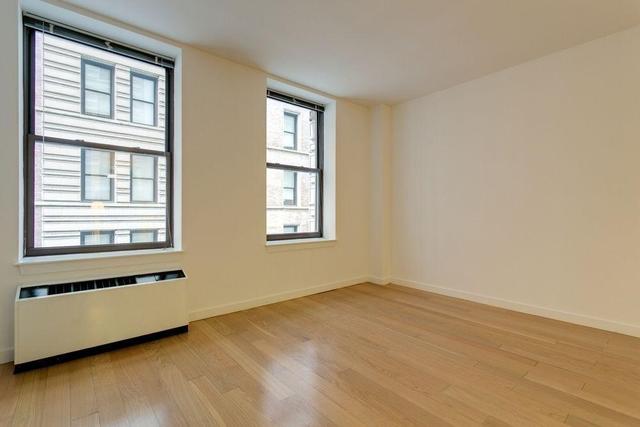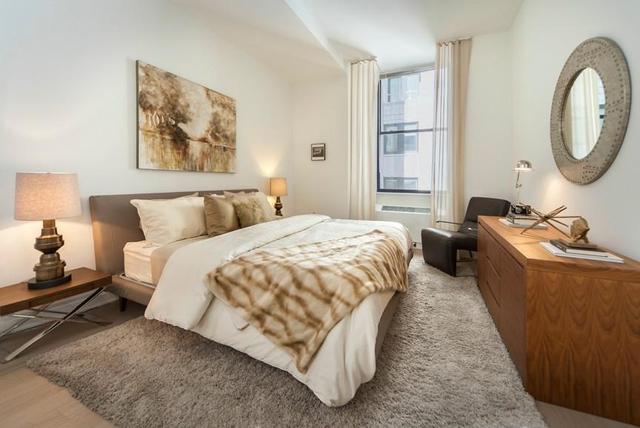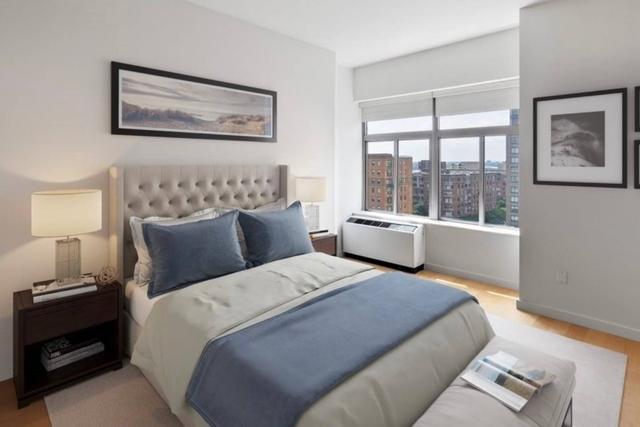
Budget-Friendly Ways to Add a Room to Your Home
By: ROS Team
Are you looking for space? A larger home can offer more comfort and adaptability. However, the fear of big expenses and messy construction associated with room additions often holds back many. However, there are many affordable options to extend your home’s size without breaking the bank.
In this article, we’ll share creative, budget-friendly ways that get you that sought-after extra space.
How Much Does a Home Addition Cost?
The cost of a home addition can vary greatly depending on the size, complexity, and location of the addition. Homeowners can expect to pay anywhere from $20,000 to $80,000 or more for a home addition.

Does Adding a Room to a House Add Value?
Adding a room to a house usually enhances its value. The exact increase in value depends on various factors such as the size and type of the room, the quality of materials and workmanship, and the home’s overall condition. In general, a room addition can boost a house’s value by around 10% to 20%.
Cheap Ways to Add a Room
1. Convert Existing Spaces
Converting an existing space is a great, cost-effective way to add a room to your home. You can transform areas like the basement, attic, garage, or even a spacious closet.
Converting an existing space is usually more cost-effective than constructing a new addition because you avoid the expenses of materials and labor required to build a room from the ground up. Additionally, you can save money by utilizing the finishes and fixtures already in place.
Here are some ideas for converting existing spaces:
- Convert a basement into a family room or home office.
- Convert an attic into a bedroom or playroom.
- Convert a garage into a guest room or workshop.
- Convert a large closet into a small office or mudroom.
2. Add a Bump-Out
A bump-out is a small addition that extends out from an existing wall. Bump-outs are typically less expensive than traditional room additions because they require less material and labor. Bump-outs are a good option for adding small spaces, such as a home office or a mudroom. They can also be used to enlarge an existing room.
3. Add a Sunroom
A sunroom is a room with mostly glass walls that allows you to enjoy the outdoors year-round. Sunrooms are typically less expensive than traditional room additions because they don’t require as much insulation or heating and cooling.
4. Convert a Garage
If you have a garage that is seldom used for parking, consider converting it into a living space. This can be an excellent way to add a room without the need for extensive foundation work. You might need to insulate the space, add flooring, and install proper lighting, but compared to building a new structure, garage conversions are generally more cost-effective.
5. Enclosed Patio
Converting an existing patio into an enclosed space is a fantastic way to add a room with a seamless connection to the outdoors. Enclosed patios, also known as three-season rooms, provide a sheltered space that can be used for various purposes, such as a dining area, home office, or a cozy relaxation spot.
6. Add a Dormer
Adding a dormer to homes with pitched roofs can provide more headroom and usable space in the attic. Dormers not only enhance the look of a house but also allow for expanding the living area. It’s an affordable way to bring in natural light and transform an underused attic into a bedroom, office, or playroom.
7. Finish an Attic
Finishing an attic is a classic and budget-friendly way to add a room to your home. Many homes have spacious attics that can be transformed into bedrooms, home offices, or recreational spaces with proper insulation, flooring, and lighting.
This option taps into existing square footage, eliminating the need for extensive structural changes. Before starting the project, ensure that the attic meets local building codes and safety standards.
8. Get Creative with Design
When it comes to adding a room, getting creative with your design can be a great way to save money. One option is using repurposed materials like old doors or windows, which can help you cut costs on finishes. Additionally, designing the room to be as efficient as possible can help minimize the extra space you’ll need.
9. DIY or Hire a Professional
Whether you DIY your room addition or hire a professional will depend on your skills and budget. If you have the necessary skills and time, you can save money by doing it yourself.
However, if you are not comfortable with DIY projects, it’s best to hire a professional.
When hiring a professional, it’s important to obtain multiple quotes from various contractors. This will assist in guaranteeing that you receive the most competitive price.
Additional Tips for Saving Money on Your Room Addition
- Get Permits Early On. This will help you avoid any delays or problems down the road.
- Shop Around for Materials. You can often find discounts on materials online or at local salvage yards.
- Use Energy-Efficient Appliances and Fixtures. This will help you save money on your energy bills in the long run.
- Be Patient. Room additions can take time to plan and execute. Don’t expect everything to go smoothly overnight.
Room Additions: Bottom Line
Adding a room to your home doesn’t have to be a costly and daunting project. By exploring these budget-friendly options, you can create additional living space that suits your needs and enhances the overall functionality of your home.
Read Also:
Family Room vs Living Room
What To Expect When Renting a Spare Room








